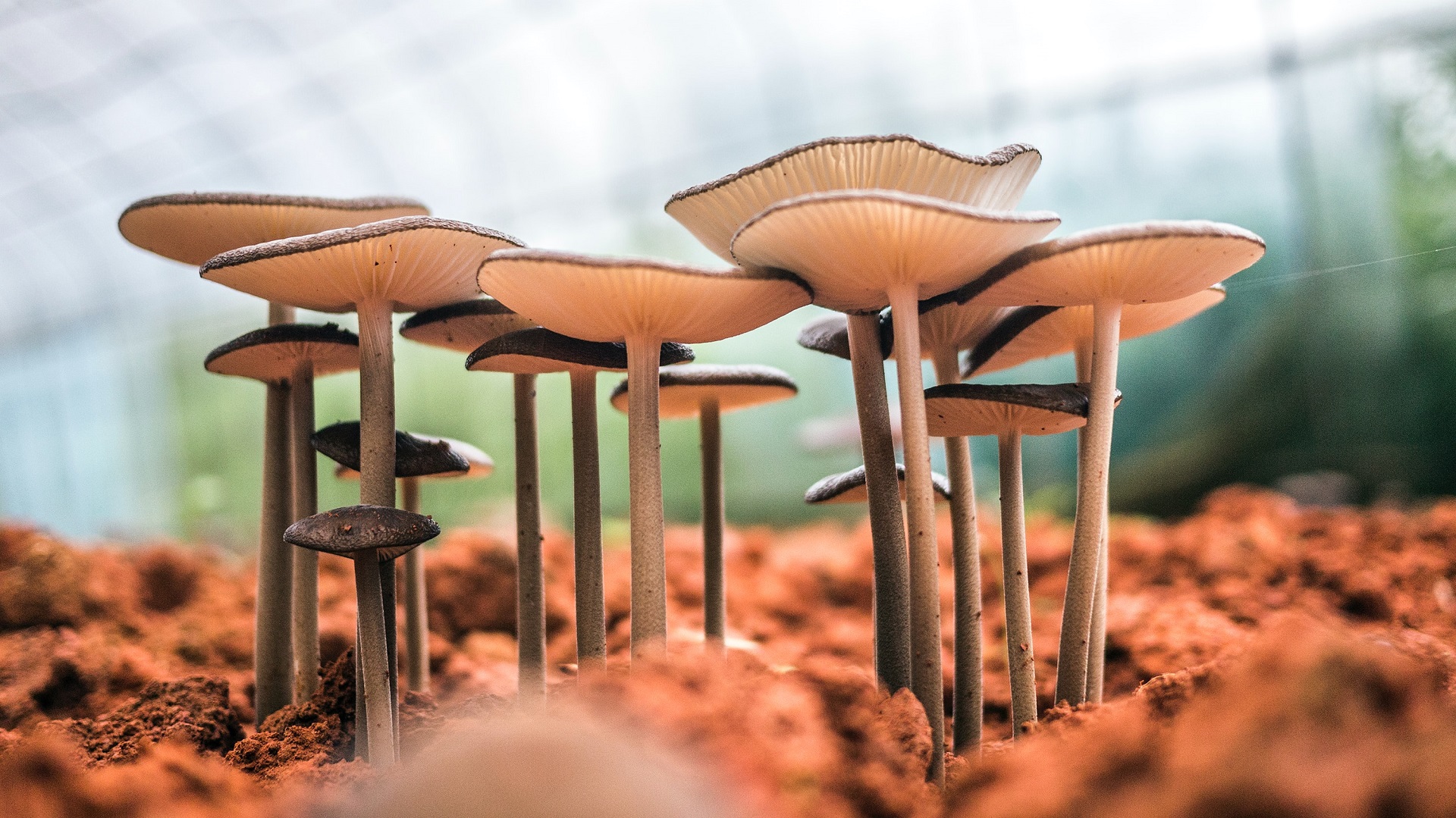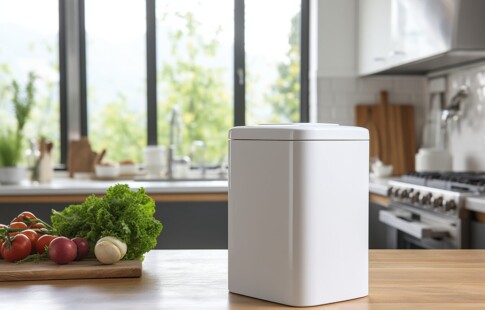
The Beginner’s Guide to Backyard Mushroom Farming
We are reader-supported. When you buy through links on our site, we may earn affiliate commission.
With over 10,000 varieties of mushrooms available today, it’s no wonder that more people are discovering the world of backyard mushroom farming. As classic toppings for sandwiches and salads, savory substitutes for vegetarians, and an earthy texture to any meal, mushrooms are as versatile as they are delicious.
Growing these treats in your backyard is ideal for any foodie or environmentally conscious grower who would like to find their own dynamic garden in their backyard. Additionally, backyard farming is a safer cultivation method than foraging, as you will know exactly what species you’re eating.
Mushrooms are a Fruit?
As strange as it may sound, mushrooms are a sort of fruit. Fungi, microorganisms growing in dark and damp places, produce their “fruit” in the form of spongy shoots known as mushrooms.
Instead of farming with seeds, mushrooms propagate using spores. For our purposes, we will use mushroom spawn, an active culture, in a process known as an inoculation to begin growth.
Consuming mushrooms means a dose of antioxidants, protein, and important vitamins. Studies have found that a healthy diet of mushrooms can increase heart health and help prevent serious medical conditions like diabetes.
With the right conditions, beginners and experienced growers can find fresh bundles of mushrooms ready for dinner.
Why Grow Mushrooms in Your Backyard?
While yes, mushrooms are incredibly delicious, there are many other reasons to begin your backyard mushroom garden.
Mushroom farming can be a new hobby, focusing on the textures of working in the earth and moving from “farm” to table in a matter of minutes.
Additionally, edible backyard gardening is sustainable and helps to prevent waste. There are no packaging costs or transport fumes involved in your walk from the back door to your kitchen.
Finally, mushrooms are just plain cool. Their dynamic shapes and unusual textures add an intriguing addition to your garden, as well as nutrients to nourish your soil.
Where Do I Begin?
As with any new venture, it is vital to do research. Discover what types of mushrooms you like to eat and if there are suitable options for your climate, backyard space, and budget.
Some species to explore are Oysters, Enoki, Reishi, and Shiitake, all able to be grown outside, and some delectable options for soups and salads.
Mushrooms are a warm weather friend, meaning they thrive in humidity. If you live in a drier, colder climate, consider indoor mushroom farming instead. For those of us with alternating periods of warm and cool, mushrooms are a perennial species, so they will start to fruit again after the dry seasons.
As a general rule, the planting season for mushrooms should be in the spring or summer months when humidity levels are at their peak. It takes up to 6 weeks for mushrooms to begin to appear, so take this cycle into account as well.
Types of Backyard Mushroom Farming
Consider your species, available space, and the tools used for these three types of farming.
1. Integrated Farming
Let’s begin with what is probably the easiest option: integrating your mushrooms with what is already in your garden. Mushrooms improve soil quality through their abundance of nutrients and allow plants to sustain more water.
Additionally, if there are patches in your yard that have proven to be difficult for growing, mushrooms will probably thrive. Their need for shade and heavy moisture places them as uniquely hardy compared to other greenery.
To begin integration, plot out your spaces and decide on a mulch. Wood chips are perfect for those damp, dark spaces, and straw pairs well with the average vegetable garden. Simply layer mulch and your spawn 2 times, blanketing your garden for its upcoming growth.
Don’t forget a healthy dose of water to kickstart the process.
2. Log Gardens
Log gardens utilize the natural structure of trunks and branches to grow mushrooms. By drilling holes in your log, filling those spaces with mushroom spawn, and sealing those holes firmly, you can easily create a natural container for growth.
Sealing the holes will retain moisture and prevent pests and other microbial competition from stopping any mushroom formation. When the fruiting bodies are ready to sprout, they will push their way through the logs, creating a cascading effect.
3. Container Gardens
Container gardens reuse old buckets, baskets, or any plastic shapes to seal in moisture with a straw and spawn mixture. Similar to the log method, these mushrooms will have their own damp and dark ecosystem to produce amazing flushes of mushrooms.
Harvesting Time
Now that we have our mushrooms flourishing, it’s time to harvest our new growth. Mushrooms are ready for harvesting when they still have roundness and curling to their tops to ensure longevity and a larger size.
You can use scissors, shears, or your hands to pluck mushrooms from your structure. Make sure to clean and cook them before eating.
Whether you are looking for a fresh pizza topping or are revitalizing your outside space, backyard mushroom farming is a fun and exciting new venture.
Share on
Like what you read? Join other Environment.co readers!
Get the latest updates on our planet by subscribing to the Environment.co newsletter!
About the author
Steve Russell
Steve is the Managing Editor of Environment.co and regularly contributes articles related to wildlife, biodiversity, and recycling. His passions include wildlife photography and bird watching.





